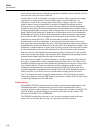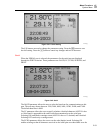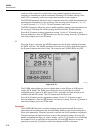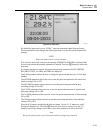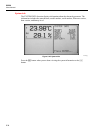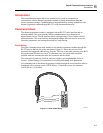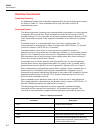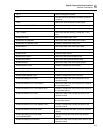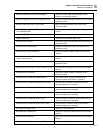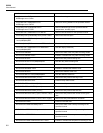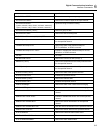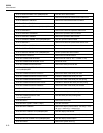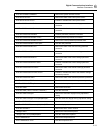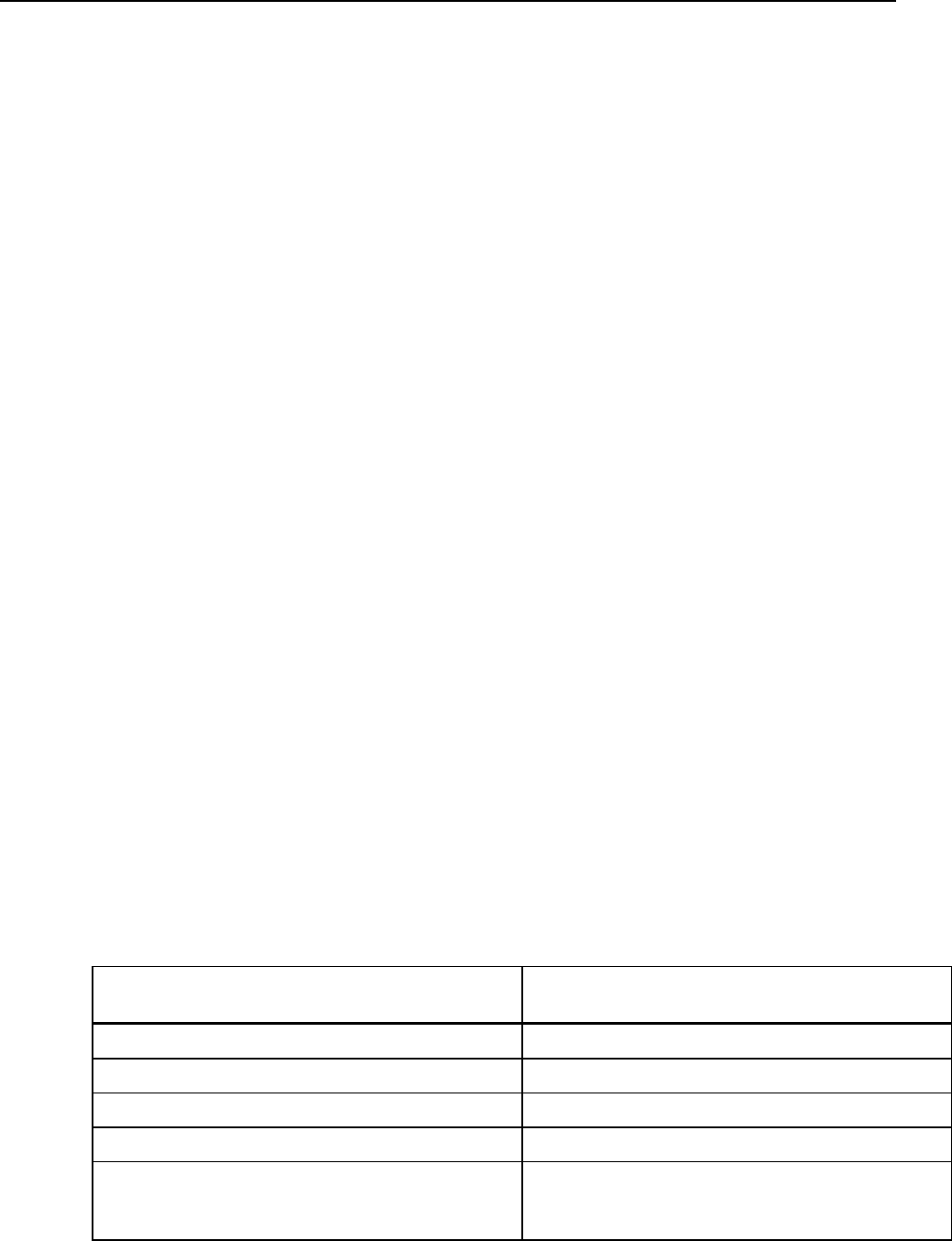
5020A
Users Manual
6-4
Interface Commands
Command Summary
An alphabetical listing of the commands implemented by the thermo-hygrometer readout
are shown in Table 6-1. These commands can be used with either serial or IR
communications ports.
Command Syntax
The thermo-hygrometer readout accepts commands that set parameters, execute functions
or respond with requested data. These commands are in the form of strings of ASCII-
encoded characters. As far as possible, the thermo-hygrometer readout conforms to SCPI-
1994. One notable exception is that compound commands are not allowed as explained
below.
Commands consist of a command header and, if necessary, parameter data. All
commands must be terminated with either a carriage return (ASCII 0D hex, 13 decimal)
or new line character (ASCII 0A hex, 10 decimal).
Command headers consist of one or more mnemonics separated by colons (:).
Mnemonics may use letter characters, the underscore character (_), and possibly numeric
digits as well. Commands are not case sensitive. Mnemonics often have alternate forms.
Most mnemonics have a long form that is more readable and a short form consisting of
three or four characters that is more efficient.
A mnemonic may end with a numeric suffix that specifies one of a set of independent
function blocks such as input channel data paths. If a numeric suffix is omitted when a
particular block must be specified, an error is generated (“Header suffix out of range”).
Query commands are commands that request data in response. Query commands have a
question mark (?) immediately following the command header. Responses to query
commands are generated immediately and placed in the output buffer. Responses are then
transmitted automatically over the RS-232 or IR ports. Responses are lost if not read
before the next command is received.
Some commands require parameter data to specify values for one or more parameters.
The command header is separated from the parameter data by a space (ASCII 20 hex, 32
decimal). Multiple parameters are separated by a comma (,).
The thermo-hygrometer readout does not allow compound commands (multiple
commands per line separated with semicolons). All commands are sequential. The
execution of each command is completed before subsequent commands are processed.
Table 6-1. Interface Commands
Command Description
*CLS Clear the status registers
*ESE? Returns the Standard Event Status Enable register
*ESE <num>|MIN|MAX|DEF Sets the Standard Event Status Enable register
*ESR? Returns the Standard Event Status register
*IDN? Returns the instrument identification string that
indicates the manufacturer, model number, serial
number, and firmware version



